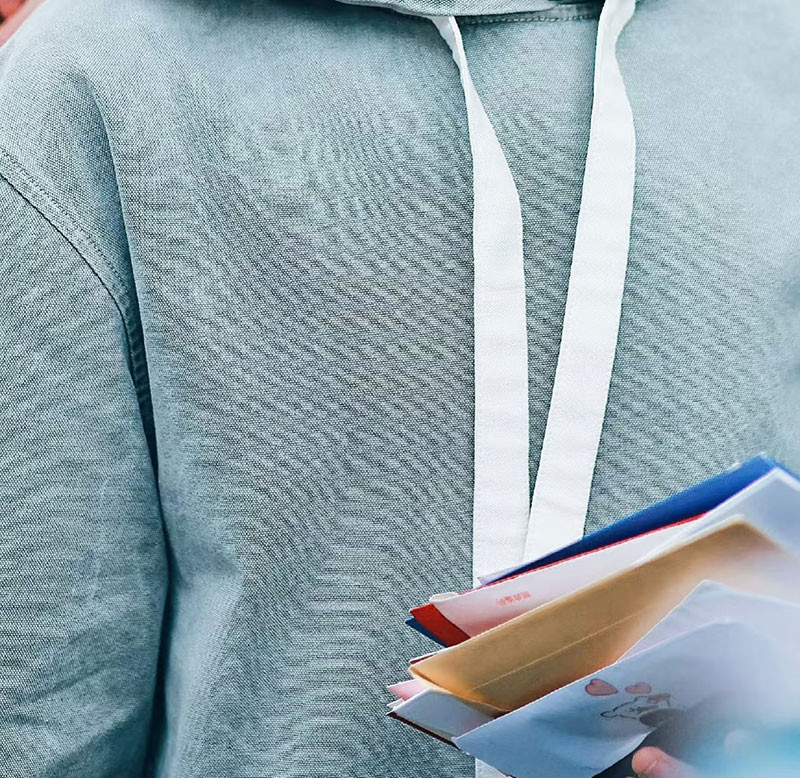What is Moiré
Moiré is a visual distortion that looks like wavy lines, ripples, or interference across an image. It happens when two regular patterns overlap in a way that clashes. In printing, this often occurs when halftone screens interact with fine details in the artwork, such as fabrics, grids, or tightly spaced lines.
Why is moiré a concern in high-quality printing?
In projects like artbook printing or photography books, where fine details and textures are important, even minor moiré can distract from the artwork. Readers expect smooth, professional reproductions, so avoiding moiré is a key part of prepress work.
How do printers prevent moiré?
Printers use several techniques, such as setting proper screen angles, selecting the right LPI for the paper, and adjusting dot shape. On high-end projects like artbooks, extra care is taken in prepress to spot moiré risks and correct them before printing.
Do customers need to worry about moiré?
No. As long as you provide high-resolution images (typically 300 DPI or higher), the printer manages the technical setup. If you’re producing an artbook, photography book, or other detailed project, let your printer know so they can apply the right screening methods to keep the images clear and moiré-free.
How does Ken the Book Printer avoid moiré?
We carefully check files during prepress, use optimized screen angles and LPI settings on our Heidelberg presses, and possible test critical images to ensure they reproduce cleanly. On projects like artbooks or photography books, we pay extra attention to images with fine details or patterns and make adjustments where possible. While moiré can never be completely guaranteed against, our process is designed to reduce the risk and give your project the best possible results.

Shows moiré on cloth caused by fine details and incorrect press settings.
